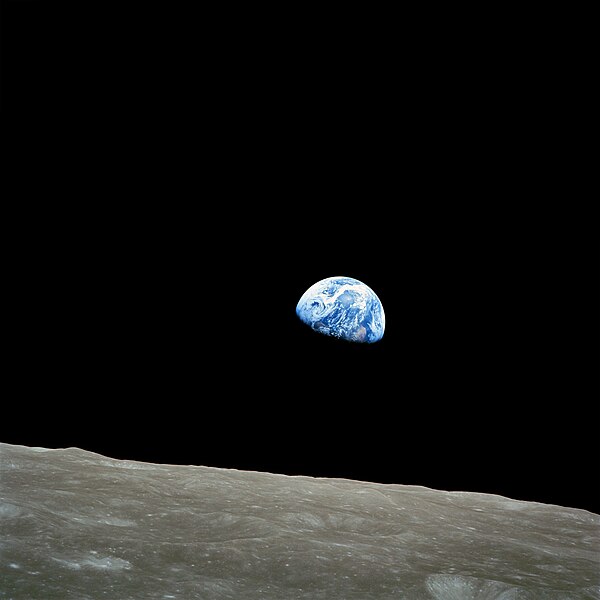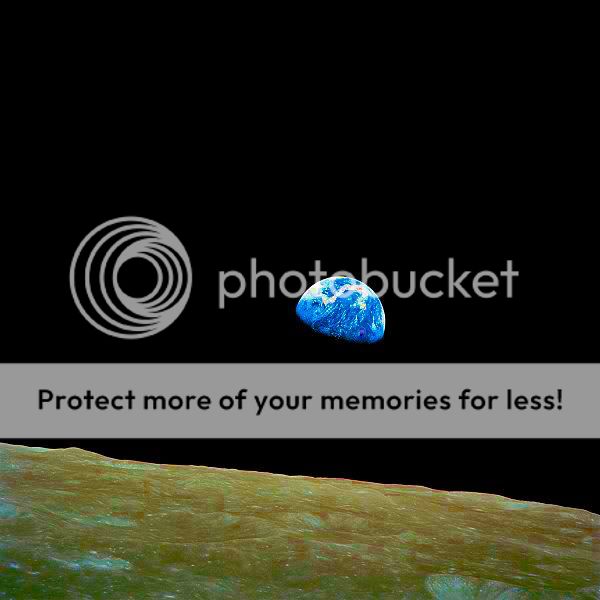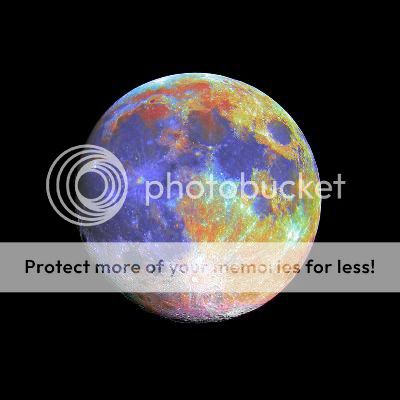o hey tyler
Been spending a lot of time on here!
- Joined
- Aug 3, 2009
- Messages
- 9,784
- Reaction score
- 2,727
- Location
- Maine
- Can others edit my Photos
- Photos NOT OK to edit
I was going to say...
Jacking up the saturation on a mostly gray image doesn't give you "full color". But you corrected yourself anyways. As it isn't any more of a "full color" image than what you would get SOOC. But you know that anyways...
Jacking up the saturation on a mostly gray image doesn't give you "full color". But you corrected yourself anyways. As it isn't any more of a "full color" image than what you would get SOOC. But you know that anyways...
















![[No title]](/data/xfmg/thumbnail/42/42055-105f2ee23a1fd79c786de42c5578274b.jpg?1734176440)